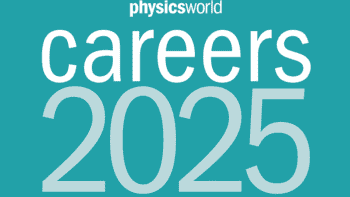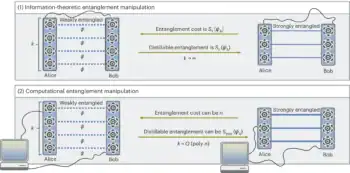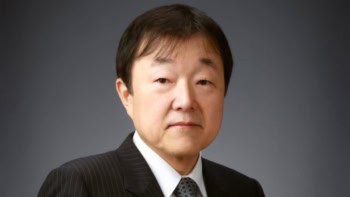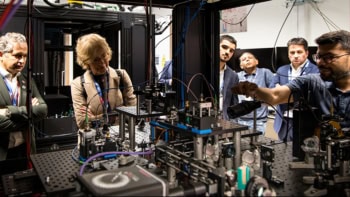Sophie Morley, who has a PhD in physics from the University of Leeds in the UK, is a staff scientist at the Advanced Light Source (ALS) synchrotron facility – part of Lawrence Berkeley National Laboratory in California – where she helps visiting researchers to probe the fundamental properties of quantum materials
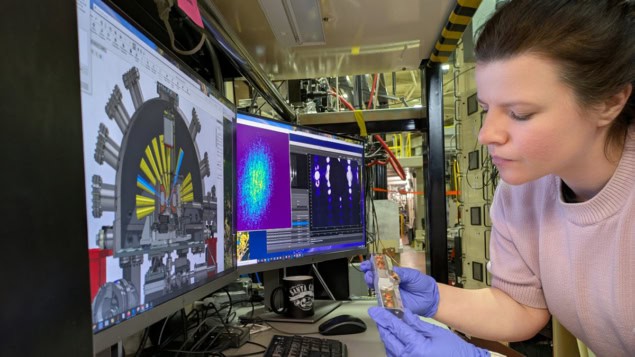
What skills do you use every day in your job?
I am one of two co-chairs, along with my colleague Hendrik Ohldag, of the Quantum Materials Research and Discovery Thrust Area at ALS. Among other things, our remit is to advise ALS management on long-term strategy regarding quantum science, We launch and manage beamline development projects to enhance the quantum research capability at ALS and, more broadly, establish collaborations with quantum scientists and engineers in academia and industry.
In terms of specifics, the thrust area addresses problems of condensed-matter physics related to spin and quantum properties – for example, in atomically engineered multilayers, 2D materials and topological insulators with unusual electronic structures. As a beamline scientist, active listening is the key to establishing productive research collaborations with our scientific end-users – helping them to figure out the core questions they’re seeking to answer and, by extension, the appropriate experimental techniques to generate the data they need.
The task, always, is to translate external users’ scientific goals into practical experiments that will run reliably on the ALS beamlines. High-level organizational skills, persistence and exhaustive preparation go a long way: it takes a lot of planning and dialogue to ensure scientific users get high-quality experimental results.
What do you like best and least about your job?
A core part of my remit is to foster the collective conversation between ALS staff scientists and the quantum community, demystifying synchrotron science and the capabilities of the ALS with prospective end-users. The outreach activity is exciting and challenging in equal measure – whether that’s initiating dialogue with quantum experts at scientific conferences or making first contact using Teams or Zoom.
Internally, we also track the latest advances in fundamental quantum science and applied R&D. In-house colloquia are mandatory, with guest speakers from the quantum community engaging directly with ALS staff teams to figure out how our portfolio of synchrotron-based techniques – whether spectroscopy, scattering or imaging – can be put to work by users from research or industry. This learning and development programme, in turn, underpins continuous improvement of the beamline support services we offer to all our quantum end-users.
As for downsides: it’s never ideal when a piece of instrumentation suddenly “breaks” on a Friday afternoon. This sort of troubleshooting is probably the part of the job I like least, though it doesn’t happen often and, in any case, is a hit I’m happy to take given the flexibility inherent to my role.
What do you know today that you wish you knew when you were starting out in your career?
It’s still early days, but I guess the biggest lesson so far is to trust in my own specialist domain knowledge and expertise when it comes to engaging with the diverse research community working on quantum materials. My know-how in photon science – from coherent X-ray scattering and X-ray detector technology to in situ magnetic- and electric-field studies and automated measurement protocols – enables visiting researchers to get the most out of their beamtime at ALS.
